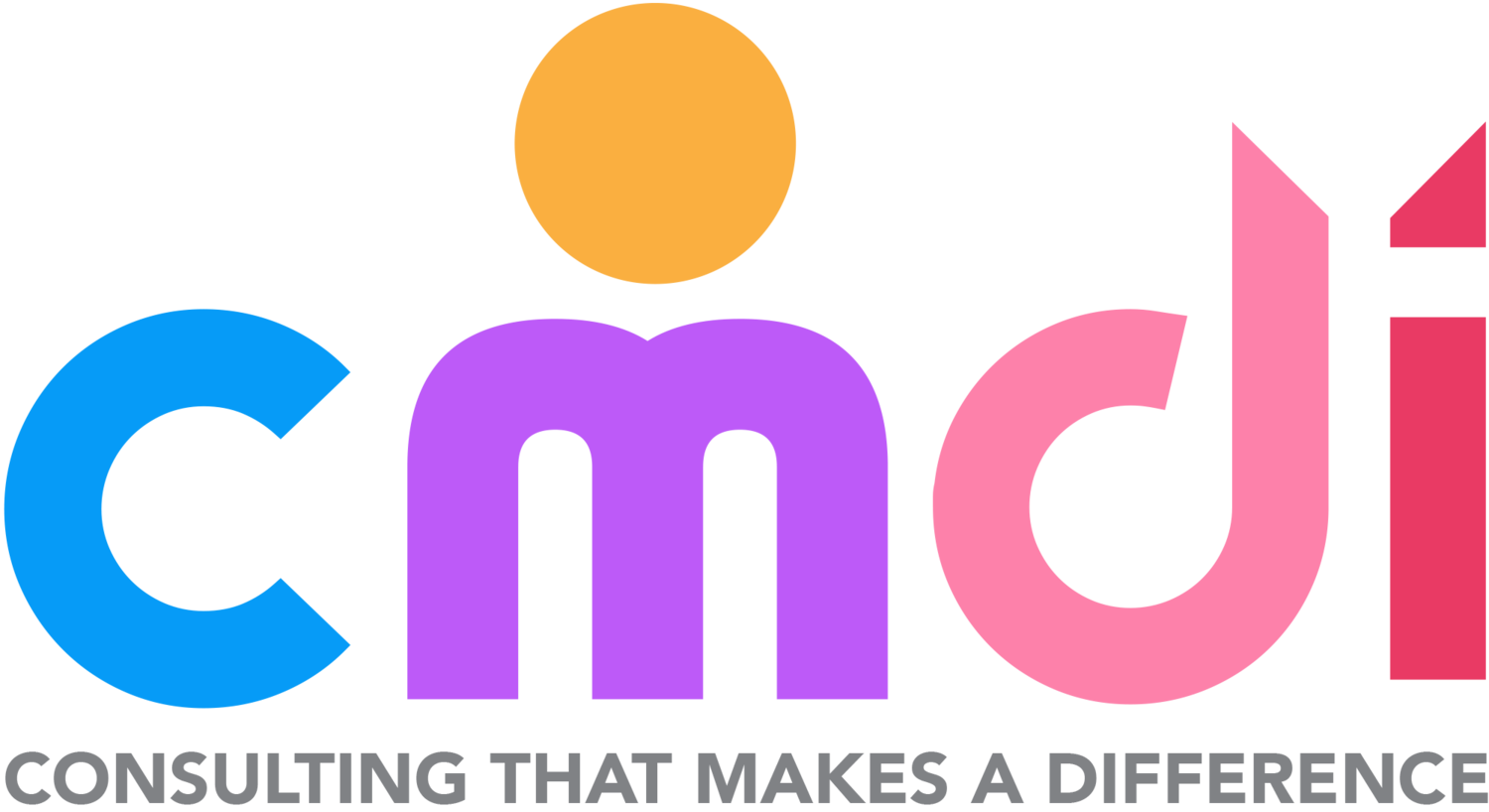Making Peace with Progress Monitoring
As educators, we know that the Individualized Education Plan (IEP) is a key component of special education services, providing personalized – individualized support and accommodations to students with disabilities. One crucial aspect of the IEP process is progress monitoring, which involves regularly tracking and evaluating the student's academic and behavioral progress over time.
Why is Progress Monitoring Important?
Progress monitoring is essential for ensuring that your student is making progress towards their annual goals stated in the IEP. It helps the team – you the educator, service providers, the student themselves together with their parents understand the student's strengths and weaknesses and identify areas where additional support may be needed. As your student progresses through the grades, they should be a part of the progress monitoring process, identifying how they are doing. Regular progress monitoring also allows for adjustments to be made to the IEP as necessary, so that the student can receive the most effective support. Remember the IEP is a ‘living document’.
How is Progress Monitoring Conducted?
There are various methods of progress monitoring, including formal and informal assessments, and monitoring of your student's daily performance in the classroom. Some of the most common methods can include:
Formal assessments: Examples here include standardized tests or other evaluation tools that are used to measure the student's academic progress.
Informal assessments: These are quick and simple assessments that can be conducted regularly to monitor the student's progress. For example, you might ask your student a series of questions or have them complete a short task to assess their understanding.
Classroom performance monitoring: This involves observing and tracking the student's behavior and performance in the classroom, including their participation in class discussions, completion of assignments, and behavior during independent work time.
There is no right or wrong method – and often the annual goal will dictate which method you will use.
When Should Progress Monitoring Take Place?
The frequency of progress monitoring will depend on the individual needs of the student and the goals and objectives in their IEP. In addition, you can include progress monitoring as part of your overall lesson with the whole class or, if in an ICT class, pull a small alternative group of students with similar annual goals and progress monitor them as a group.
What are the Benefits of Progress Monitoring?
There are many reasons you will want to progress monitor (other than the mandated reasons). These benefits include:
Improved understanding of your student's strengths and weaknesses;
Early identification of areas where additional support may be needed;
Improved student outcomes, as the IEP can be adjusted to better meet your student's needs;
Better communication between teachers, parents, and other members of your student’s team, as progress monitoring provides a common understanding of your student's progress.
So, to sum up, progress monitoring is a critical component of IEP’s and is essential for ensuring that your students with disabilities receive the support and accommodations they need to succeed meeting their annual goals. As you can see there is a lot to progress monitoring and I have only just touched the tip of the iceberg.
If you would like more information about how we can help support PROGRESS MONITORING in your school or district, go to our website www.cmdi.us to set up a free discovery call.
